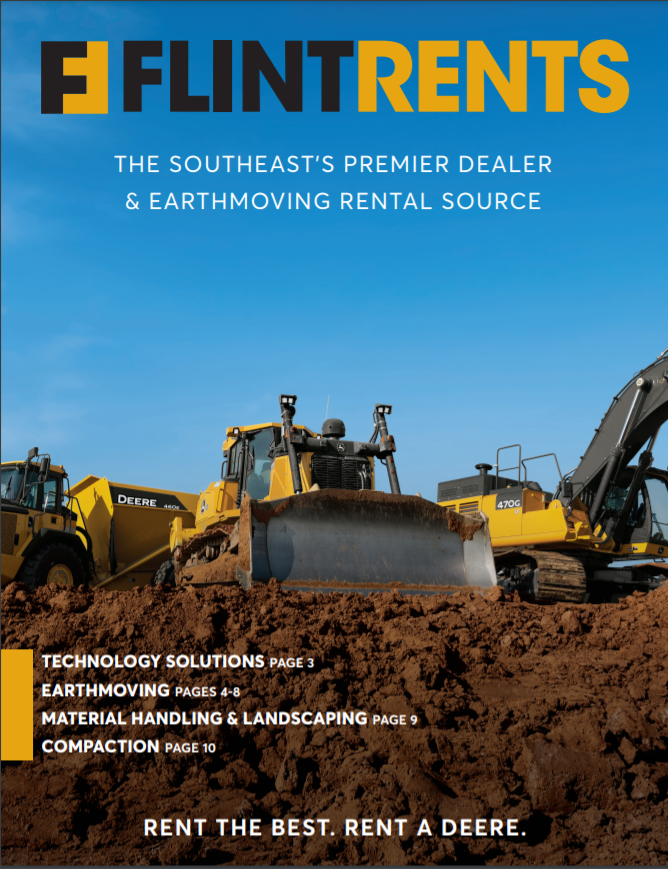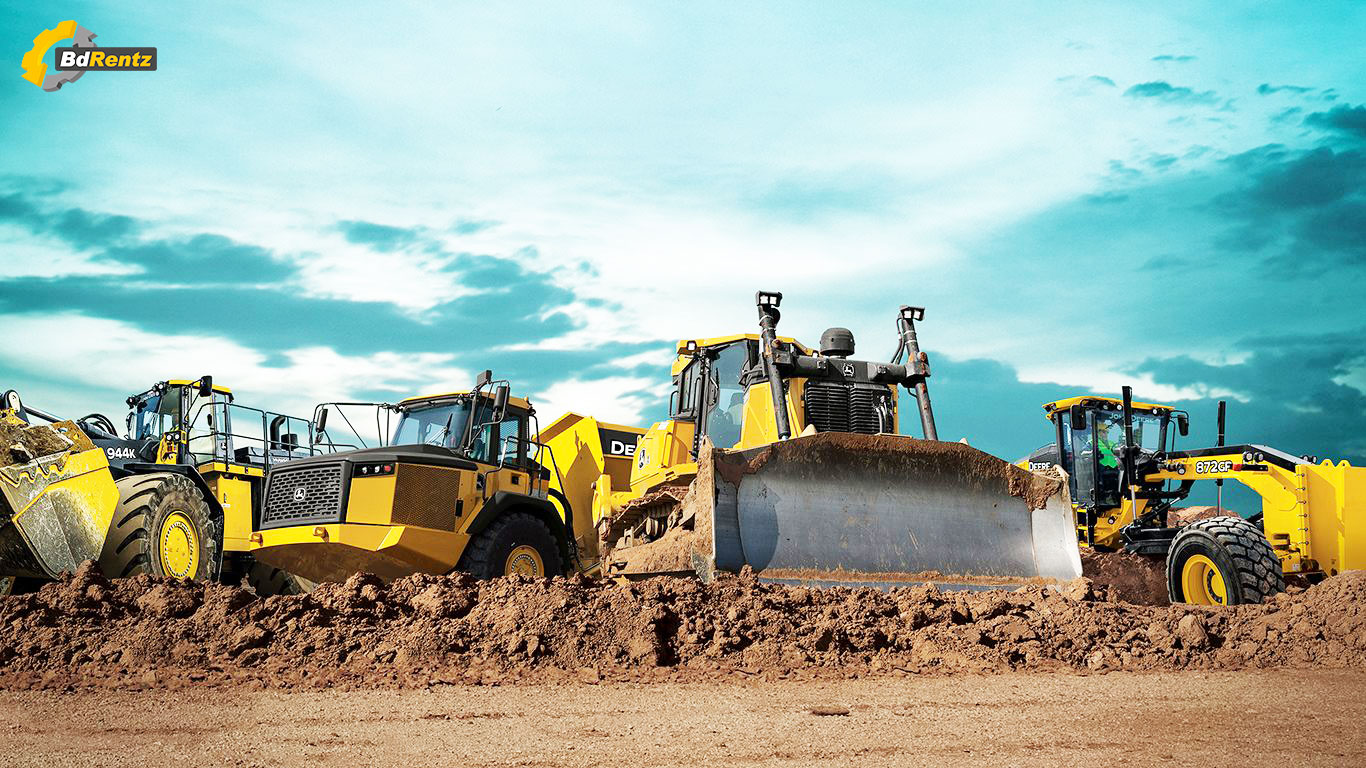Dozer Rental: Powerful Earthmoving Tools for Your Construction Needs
Dozer Rental: Powerful Earthmoving Tools for Your Construction Needs
Blog Article
Optimize Your Budget by Understanding the Costs Connected With Construction Devices Services
Recognizing the complete range of expenses connected with construction tools rentals is critical for optimizing your spending plan. What strategies can be used to properly take care of these prices and make sure an extra efficient rental experience?
Overview of Rental Expenses
When considering building and construction equipment services, recognizing the associated costs is paramount for efficient budgeting and job preparation. Rental expenses can differ significantly based upon a number of variables, including equipment type, period of service, and location. The first rental charge often mirrors the devices's market demand and its associated functional abilities, influencing the total expenditure.
Along with the base rental rate, secondary prices may arise, such as transport fees, gas additional charges, and maintenance fees. It is important to account for these added costs to precisely examine the total cost of leasing tools. Additionally, the rental duration can influence pricing; longer leasings might get reduced prices, while temporary leasings might sustain higher day-to-day fees.

Break Down of Rental Prices
A detailed understanding of rental rates is important for contractors and task managers aiming to enhance their budgets. Rental prices for building tools commonly include a number of elements, consisting of base rates, time-based charges, and usage fees.
Base rates are the core fees linked with the service of the tools, commonly identified by the kind and size of the equipment. These prices can differ significantly, affected by elements such as equipment demand, availability, and regional market fads. Time-based fees, which might be daily, weekly, or monthly, serve to suit various project timelines and rental periods.
In addition, rental rates may consist of use charges, which apply when equipment is made use of beyond a specified limit, ensuring that the rental company can represent damage. Seasonal need fluctuations can also impact rental prices, with peak construction seasons commonly commanding greater costs.
Moreover, comprehending the rental company's plans regarding maintenance and insurance can provide additional insight into the total cost framework. By assessing these elements, contractors can make informed choices, ensuring the selection of rental devices lines up with both project requirements and spending plan constraints.
Additional Costs to Think About
Recognizing the complexities of extra costs is crucial for professionals to handle their general leasing expenditures properly. Past the standard rental rates, various supplemental fees can significantly impact the total cost of equipment rental. These fees often include delivery and pick-up costs, which can differ based click site upon distance next page and logistics included in carrying the equipment to and from the job site.
In addition, some rental firms might enforce fuel surcharges if the equipment is returned with much less gas than when leased. It is likewise vital to understand potential cleaning costs, specifically for specific devices that requires thorough upkeep after usage.

Extensively examining the rental contract and making clear these extra costs in advance can help service providers prevent unanticipated prices and guarantee that spending plans stay undamaged throughout the job lifecycle.
Repair And Maintenance Expenses
Routine maintenance and repair service expenses are usually neglected variables that can substantially affect the overall price of construction tools rentals. When leasing tools, it is important to take into consideration not only the rental charges yet also the prospective prices related to keeping the equipment in optimum operating condition.
Lots of rental firms include fundamental upkeep as component of the rental agreement; nevertheless, a lot more extensive repair work or unforeseen Click This Link failures can lead to additional costs. It's important to assess the rental contract carefully to understand what maintenance services are covered and what obligations drop on the renter.
Furthermore, equipment that is not well-kept can cause ineffectiveness on the work website, possibly creating hold-ups and raising task prices. To minimize these threats, it is suggested to perform normal examinations and keep open interaction with the rental supplier relating to any type of problems that occur during use.
Insurance Policy and Responsibility Expenses
Insurance coverage and obligation costs are critical parts that can dramatically influence the general expense of construction tools rentals (equipment rental company). These prices make sure that both the rental business and the customer are protected from potential financial losses occurring from crashes, damage, or burglary during the rental duration

Additionally, customers need to recognize any kind of deductibles or exclusions in the insurance coverage policy, as these can impact possible out-of-pocket expenses. Comprehending the terms and conditions of any type of insurance policy protection is important to stay clear of unexpected expenses. Inevitably, budgeting for insurance and obligation costs can aid guarantee a smoother rental experience and secure versus financial dangers connected with construction projects.
Final Thought
In final thought, an extensive understanding of the costs connected with construction tools rentals is necessary for efficient budget plan management. Ultimately, educated decision-making relating to devices rentals adds to the general success of building endeavors.
Rental prices can differ considerably based on several variables, consisting of equipment kind, duration of rental, and place (equipment rental company). The rental duration can affect rates; longer leasings may certify for reduced prices, while short-term services may sustain higher day-to-day fees
By conducting detailed research study and involving with credible rental companies, professionals can effectively browse the complexities of rental prices, ultimately maximizing their economic resources.
Past the basic rental prices, various auxiliary fees can dramatically impact the overall price of devices leasing. Rental firms typically give liability insurance coverage that covers injuries to 3rd parties or damages to property, while devices damages insurance policy can cover the cost of repair work or substitute if the rented out equipment is damaged.
Report this page